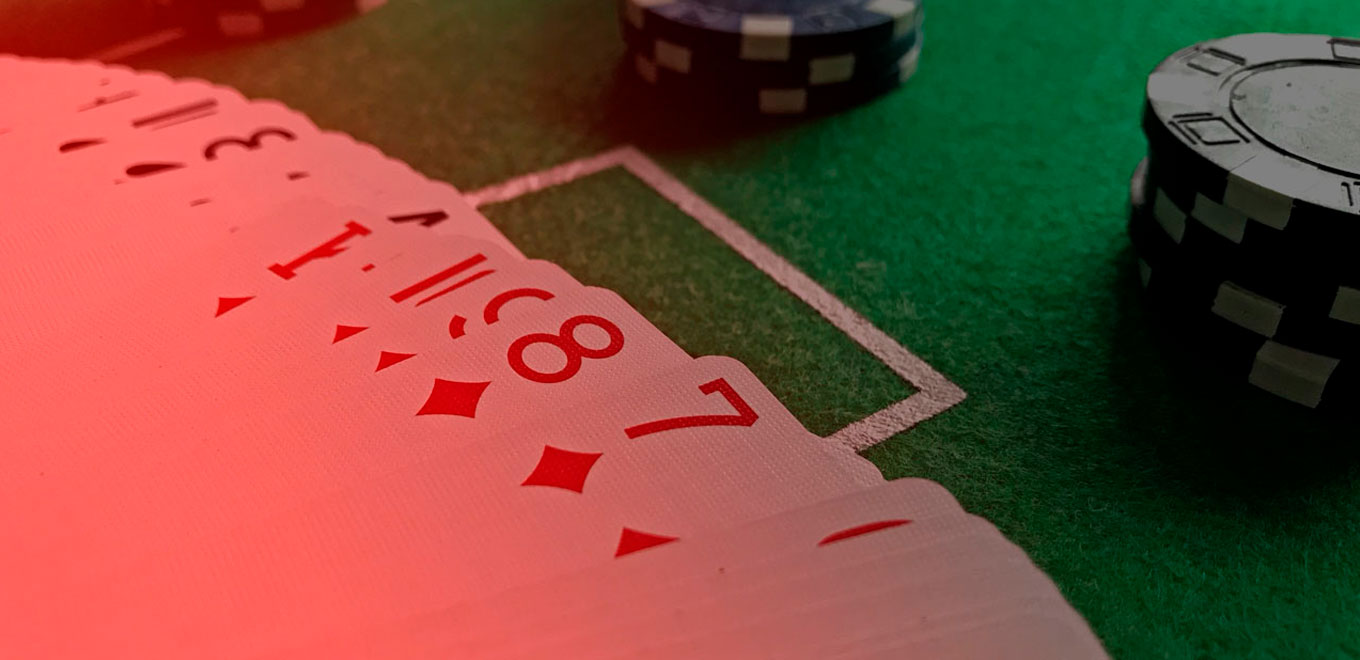Whether you’re just getting started or want a quick refresher, mastering the order and value of poker hands is essential. In poker, your cards form specific combinations that determine if your hand is strong—or if you’re bluffing your way to a win.
In this guide, we’ll walk you through the ranking of poker hands, how to identify the winner in a showdown, and even how to use strategic tips to improve your play. Let’s dive in!
Poker Hand Rankings
There is a ranking of poker hands where each combination of cards is given a value—an order of importance. Whether you’re playing with friends or planning to play poker online, you need to learn this ranking. Here are the best poker hands, from lowest to highest value:
| Poker Hand Order | Description and Tiebreaker Criteria |
|---|---|
| High Card | When you don’t have a winning card combination, your hand is evaluated by the highest card you hold. This is the weakest poker hand in the game’s hierarchy. |
| What happens in a tie? You compare the next highest cards until a winner is determined. | |
| One Pair | The next hand in importance is a pair, meaning you have two cards of the same value (plus three cards of different values). Example: two Queens plus 6, 7, and 10. |
| What if two players have a pair? The player with the higher pair wins. | |
| Two Pair | As you might guess, a two pair hand consists of two pairs of cards of the same value (plus one other card). For example: two 7s and two Aces, plus a 3. |
| Ties are resolved by comparing the highest pair. | |
| Three of a Kind | This is when you have three cards of the same value (plus two unmatched cards). For instance: three 8s with a 5 and a 9. |
| In a tie, the higher set of three wins. | |
| Straight | A straight occurs when you have five cards in consecutive order. In case of a tie, the hand with the highest top card wins. |
| This hand has an interesting feature: the Ace can be used either high or low. Examples: A-K-Q-J-10 5-4-3-2-A | |
| Flush | A flush is a poker hand with five cards of the same suit that are not in sequence. In a tie, the highest card wins. If needed, the remaining cards’ values are compared. Note: suits are not ranked—clubs, diamonds, hearts, and spades are all equal. |
| Full House | A full house consists of three cards of one value and two of another—a three of a kind and a pair. If two players have a full house, the one with the higher triple wins. Example: three 6s and two 2s beat three 5s and two Aces. |
| What if both have the same triple? Then the pair is compared. | |
| Four of a Kind | Four of a kind (or “quads”) means you have four cards of the same value, plus one unmatched card (called the kicker). In a tie, the player with the higher four wins. If those are the same, the kicker is compared. |
| Straight Flush | A straight flush consists of five consecutive cards of the same suit. In case of a tie, the higher straight wins. |
| What’s the highest possible straight flush? That would be the Royal Flush, which includes an Ace, King, Queen, Jack, and Ten of the same suit. As mentioned, the Royal Flush is unbeatable. |
How to Know Who Has the Better Hand
Now that you’re familiar with the ranking of poker hands, let’s take a closer look at how to evaluate them during a game and determine who wins in different scenarios.
Once you’ve learned the hierarchy of poker hands, it becomes easy to determine who wins each round (although, as you know, not every face card hand is a winning one). Based on the cards you hold, you can try to guess what combination your opponent might have and what the odds are that their hand is stronger than yours. As a general rule:
- One Pair > High Card
- Two Pair > One Pair
- Three of a Kind > Two Pair
- Straight > Three of a Kind
- Flush > Straight
- Full House > Flush
- Four of a Kind > Full House
- Straight Flush > Four of a Kind
- Royal Flush > Straight Flush
Now that you’re familiar with the hand rankings, let’s look at how to apply them in a real game situation.
Example 1:
Player A: Q♦ Q♠ 7♣ 5♦ 2♥
Player B: J♣ J♥ 9♦ 8♠ 3♠
✔ Winner: Player A, because a pair of Queens beats a pair of Jacks.
Example 2 (Tie with Kicker):
Both players have: A♠ A♥ A♦ 6♣
Player A’s kicker: K♦
Player B’s kicker: Q♣
✔ Winner: Player A – the higher kicker (King) breaks the tie.
Poker Odds & Probability: Why Some Hands Are Rare
To calculate the odds of getting a certain hand in poker, remember that a standard deck has 52 cards and there are 2,598,960 possible combinations. You also need to consider how many ways each hand can be formed.
There are 52 cards in a standard deck and 2,598,960 possible 5-card combinations.
For example:
- There are only 4 possible Royal Flushes (one per suit).
- Probability of being dealt a Royal Flush: 4 ÷ 2,598,960 = 0.00000154 (0.000154%)
This makes it the rarest and most powerful hand in poker.
Who Wins in a Tie or with a Kicker?
We’ve already covered how the winner is determined when two players have the same poker hand. As a general rule, the player with the highest values wins. If there’s still a tie, then the kicker cards—the ones not part of the main combination—are used to break it.
For example: if both players have the same Four of a Kind, the kicker card is compared to determine which is higher and thus who wins the hand.
Tip: Always consider your kicker when assessing hand strength. It can make the difference between a win and a loss.
Best Hands in Poker
As we’ve seen, the Royal Flush is the best possible hand in poker. However, even though it’s unbeatable, another player could tie with it by getting a Royal Flush in a different suit.
This also highlights the importance of probabilities, since this winning combination has the lowest likelihood of occurring.
You’ll need to apply advanced poker strategies to manage all the variables that can influence whether your poker hand is a winning one.
Texas Hold’em Poker: All 10 Hands You Must Know
If you play Texas Hold’em Poker, there are ten possible poker hand combinations that determine who wins the game. Here is the hierarchy from highest to lowest:
- Royal Flush
- Straight Flush
- Four of a Kind
- Full House
- Flush
- Straight
- Three of a Kind
- Two Pair
- One Pair
- High Card
Tip for Beginners: Memorizing these hands is key to mastering the game. They are the foundation of all poker strategy.
If you want to become an expert poker player, you must memorize all the possible Texas Hold’em hands. It’s the foundation of the game’s rules!
Quick Reference Chart: Poker Hand Rankings
| Rank | Hand Name | Example |
|---|---|---|
| 1️ | Royal Flush | A♠ K♠ Q♠ J♠ 10♠ |
| 2 | Straight Flush | 9♥ 8♥ 7♥ 6♥ 5♥ |
| 3 | Four of a Kind | K♣ K♦ K♠ K♥ 2♦ |
| 4 | Full House | 10♦ 10♠ 10♣ 3♦ 3♥ |
| 5 | Flush | A♥ J♥ 9♥ 5♥ 2♥ |
| 6 | Straight | 8♠ 7♦ 6♣ 5♠ 4♥ |
| 7 | Three of a Kind | Q♦ Q♠ Q♥ 6♦ 2♠ |
| 8 | Two Pair | 9♣ 9♦ 5♠ 5♥ 3♦ |
| 9 | One Pair | J♥ J♣ 8♠ 4♦ 2♠ |
| 10 | High Card | A♣ 10♦ 7♠ 5♣ 3♥ |
Final Tips for New Poker Players
- Always watch the board: Especially in Hold’em, shared cards can form straights and flushes you didn’t expect.
- Fold more often than you think: Playing fewer hands gives you more control.
- Study hands post-game: Review what could have been done better.
- Use a cheat sheet: Especially when starting out, a printed or digital reference can make a huge difference.

